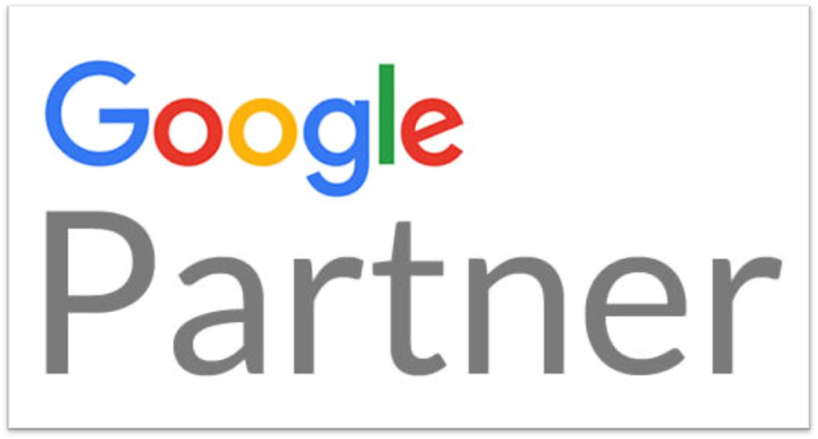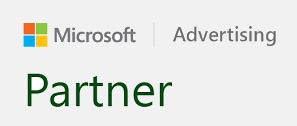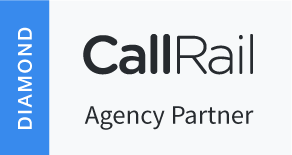What is E-E-A-T?
E-E-A-T, which stands for Experience, Expertise, Authoritativeness, and Trustworthiness, is an expanded version of the E-A-T concept used by Google to evaluate the quality of web content, particularly for sites publishing YMYL (Your Money or Your Life) content. This update reflects an increased emphasis on the author’s firsthand experience, in addition to their expertise.
Breaking Down E-E-A-T:
- Experience
- Definition: This refers to the firsthand experience of the content creator in the subject matter.
- Implementation:
- Highlight personal experiences or case studies that show direct involvement or interaction with the topic.
- Use testimonials or real-life examples where applicable, especially in reviews, product comparisons, or personal stories.
- Expertise
- Definition: The content should be produced by someone knowledgeable or skilled in the relevant field.
- Implementation:
- Content should be created or reviewed by individuals with recognized qualifications, certifications, or a proven track record in the field.
- Detailed, accurate, and well-researched content indicates expertise.
- Authoritativeness
- Definition: The site and the content should be recognized as a reliable source in the industry or field.
- Implementation:
- Gain recognition from other experts, organizations, or authoritative sources in your field.
- Build a strong brand reputation through quality content and authoritative backlinks.
- Trustworthiness
- Definition: The content, authors, and website should be trustworthy and reliable.
- Implementation:
- Ensure transparency with clear contact information, privacy policies, and terms of service.
- Display credentials and qualifications prominently.
- Use secure website protocols (HTTPS) and maintain a positive user experience.
How to Implement E-E-A-T in Content for SEO:
- Showcase Experience
- Include personal stories, case studies, and detailed experiences relevant to the content.
- Highlight user-generated content like reviews, testimonials, and discussions.
- Highlight Author Expertise
- Provide detailed author bios that include qualifications, experience, and links to other authoritative works.
- Clearly indicate if the content has been reviewed by experts in the field.
- Build and Demonstrate Authority
- Obtain mentions, citations, and backlinks from authoritative websites and publications.
- Publish high-quality, well-researched, and comprehensive content that establishes your site as a leading resource.
- Enhance Trustworthiness
- Maintain a professional and user-friendly website design.
- Include clear contact information, customer service details, and comprehensive “About Us” pages.
- Secure your website with HTTPS and protect user data.
E-E-A-T and Google’s Quality Guidelines:
Google uses E-E-A-T as part of its Quality Rater Guidelines to assess the quality of content, particularly for YMYL topics. While E-E-A-T itself is not a direct ranking factor, it significantly influences how Google’s algorithms determine the reliability and relevance of content.
By focusing on E-E-A-T, websites can better align with Google’s quality standards, potentially improving their search engine rankings, user trust, and overall credibility. This holistic approach to content quality ensures that users receive accurate, relevant, and trustworthy information, enhancing the user experience and meeting Google’s expectations for high-quality content.






Leave A Comment
You must be logged in to post a comment.